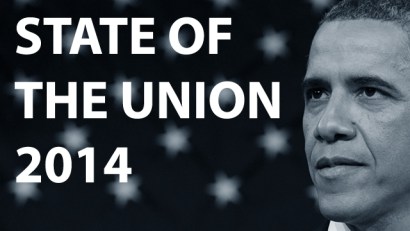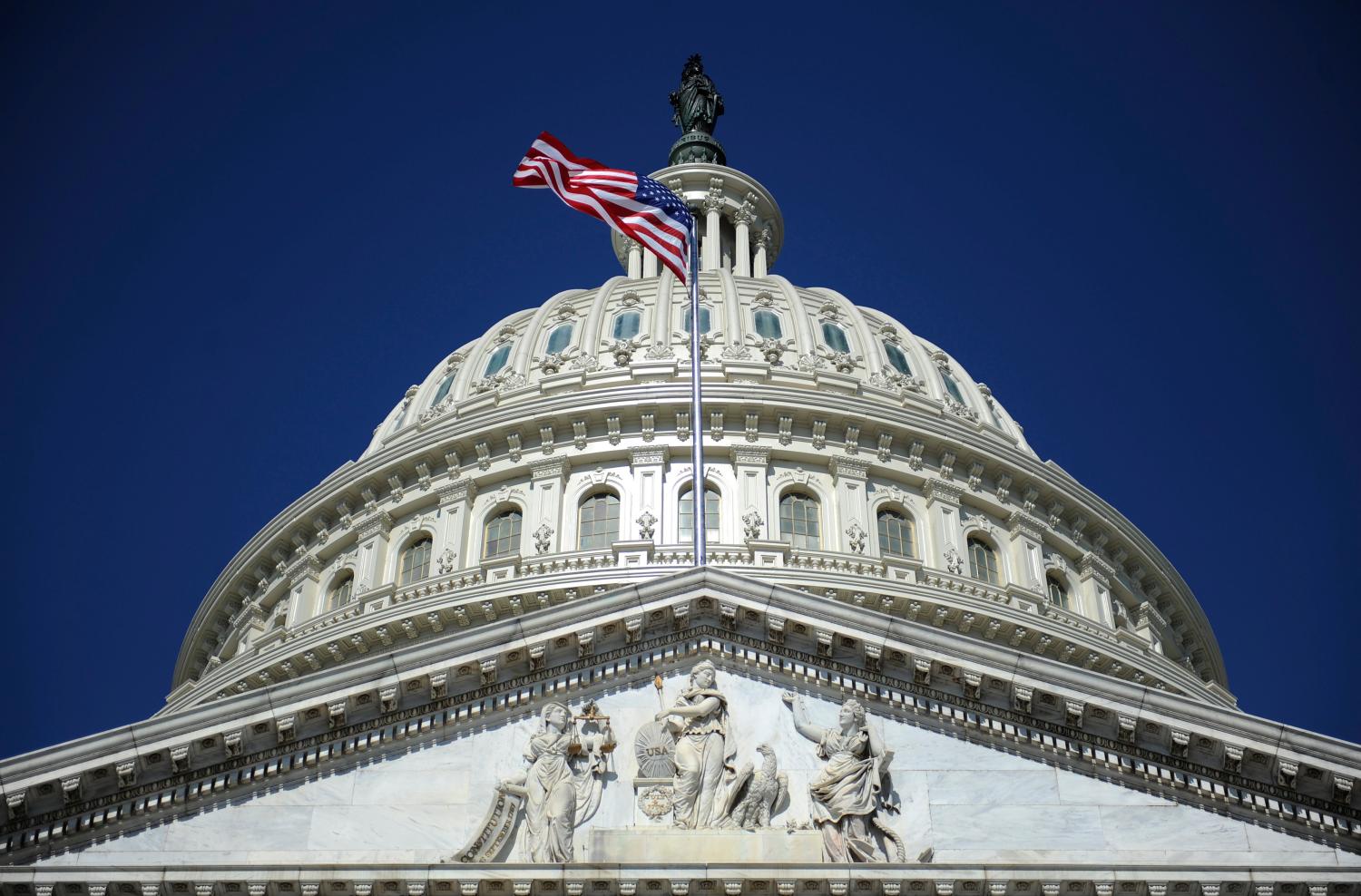Can President Obama get anything done? Tonight’s State of the Union showed us he seems to think so, as his advisor Dan Pfeiffer said, the president wants “…to show the American people that we can get something done.” So, how will the president try to do it? And how successful might he be?
The president finds himself searching for options because nothing is getting done in Congress. Legislative gridlock is made worse by a President who has an awful relationship with Congress. Countless words have been written about the fact that he doesn’t schmooze, doesn’t play golf with outsiders, and doesn’t even have standing meetings with Congressional leaders of his own party. We ought to give the President a break on the schmooze-factor. Even that master schmoozer President Lyndon Johnson had a tough time passing major legislation after he lost his super majority in the 1966 midterm elections. While Johnson’s first two years of legislation included bills of colossal importance – Medicare, Medicaid, Voting Rights – with one exception – fair housing – his final two years consisted of more modest bills like the “Wholesome Poultry” bill and the “Scenic Rivers” bill.
It’s highly unlikely that even Lyndon Johnson would have been able to cut deals in a Republican Congress —especially if he was facing today’s GOP.
This leaves President Obama looking like a lame duck early in his second term. And so, Obama has decided to go it alone and use executive action to lead. Last night he put it this way, “… wherever and whenever I can take steps without legislation to expand opportunity for more American families, that’s what I’m going to do.”
As word of this approach leaked out before the speech many people began to wonder – what does this mean? How does a President change things if he can’t change laws?
Executive Orders
Let’s start with a topic the President brought up last night – executive orders. In last night’s speech the President promised an executive order that would accomplish something with a small segment of the labor force, new federal contract employees, that he could not accomplish for the entire labor force – an increase in the minimum wage. What else can he do? A quick history tells us a lot.
Every President since George Washington has used executive orders to implement policy and to direct the executive branch. While the right wing has worked itself into a lather over what they claim to be an unprecedented 900 Obama executive orders – they are including all sorts of presidential proclamations and directives, the vast majority of which are unimportant and uncontroversial, like last month’s Presidential Proclamation honoring the lives lost at Pearl Harbor. The simple fact is that, to date, President Obama is averaging 33 executive orders a year; about on par with his predecessor George W. Bush who averaged 36 per year and fewer than Bill Clinton who averaged 45 per year.
But executive orders are limited in what they can accomplish mostly because they cannot overturn law, nor can they typically do something that Congress considered but failed to do. President Clinton found that out when he issued Executive Order 12954 which would have prevented the Federal government from contracting with companies that replaced striking workers. Since the Congress had considered the issue of striker replacement several times and had defeated measures that would have done what Clinton wanted, the DC Court of Appeals quickly struck down the executive order, holding that the President could not do something Congress had explicitly rejected. Over the years very few executive orders have been struck down – that’s because they are generally fairly uncontroversial. Now that the White House has signaled its intent to use executive orders you have to figure that the unruly Republican House will be on high alert and will use legislation to reverse anything they don’t like.
Budgets and Executive Power
The second possible way for the President to use executive action is through the budget. But here too there are problems. A large majority of the budget is now in the mandatory category, a President can’t build bridges with Grannie’s Social Security money. Because of the growth in entitlements, discretionary spending as a percentage of total government outlays has also fallen over time – from a high of 67% in 1962 to 35% in 2013. Nonetheless 35 percent of the federal budget is still a ton of money – surely enough for the President to make good on some of his programs. Right?
Not exactly. When Congress appropriates money it does so in pretty clearly defined categories. In that respect the President faces constraints that almost no private sector CEOs face. He can’t decide to move some money from a new fighter plane over to the education department. In fact, even within programs his ability to move money is quite limited and very often any significant shift in funds – reprogramming is the formal term – needs permission from Congress. The extent to which money can be moved around is limited by Congress. As with executive orders, a hostile and vigilant Congress has plenty of ways to make sure that the President does not get what he wants.
The President’s Regulatory Power
The third potentially powerful arrow in the President’s quiver is regulation. Just last September the Obama EPA (Environmental Protection Agency) took one of the most important actions to combat climate change in many years when it issued regulations imposing limits on carbon emissions from all new coal-fired power plants. Not far behind will be regulations to limit emissions from existing coal-fired power plants. EPA regulations like these are major weapons in the battle over climate change and a president seeking to expand his power will, no doubt, look for other regulatory actions. For instance, in the State of the Union the President announced his intention to seek higher fuel efficiency standards for trucks.
But regulation, like executive orders and re-programming, is vulnerable to being stopped by Congressional action. The EPA rule on carbon emissions marks a huge victory for environmentalists who have argued for decades that EPA should regulate carbon dioxide like they regulate other dangerous air pollutants. Even though the Supreme Court fortified that authority in 2007 it still took six years for the rules to be issued.
The Founding Fathers made it very difficult for a President to go it alone, no matter how much he would like to make the next year a “year of action. So it is peculiar that in the run up to the State of the Union, the White House allowed the “I will get things done without Congress” line to be the dominant theme. The President’s actual speech was, in fact, much less provocative. Nonetheless by the time he delivered it – the alert had gone out. Unless something changes inside the Republican Party in Congress, expect them to fight the President over every manifestation of Presidential power, (whether executive orders, budget adjustments or regulations) with all the intensity they’ve mustered in the past opposing legislation. By next year’s State of the Union, the Congress may be in the throes of opposing a presidential proclamation establishing National Girl Scout Week. Just for the heck of it.
The Brookings Institution is committed to quality, independence, and impact.
We are supported by a diverse array of funders. In line with our values and policies, each Brookings publication represents the sole views of its author(s).






Commentary
SOTU 2014: The Can-Do President?
January 29, 2014